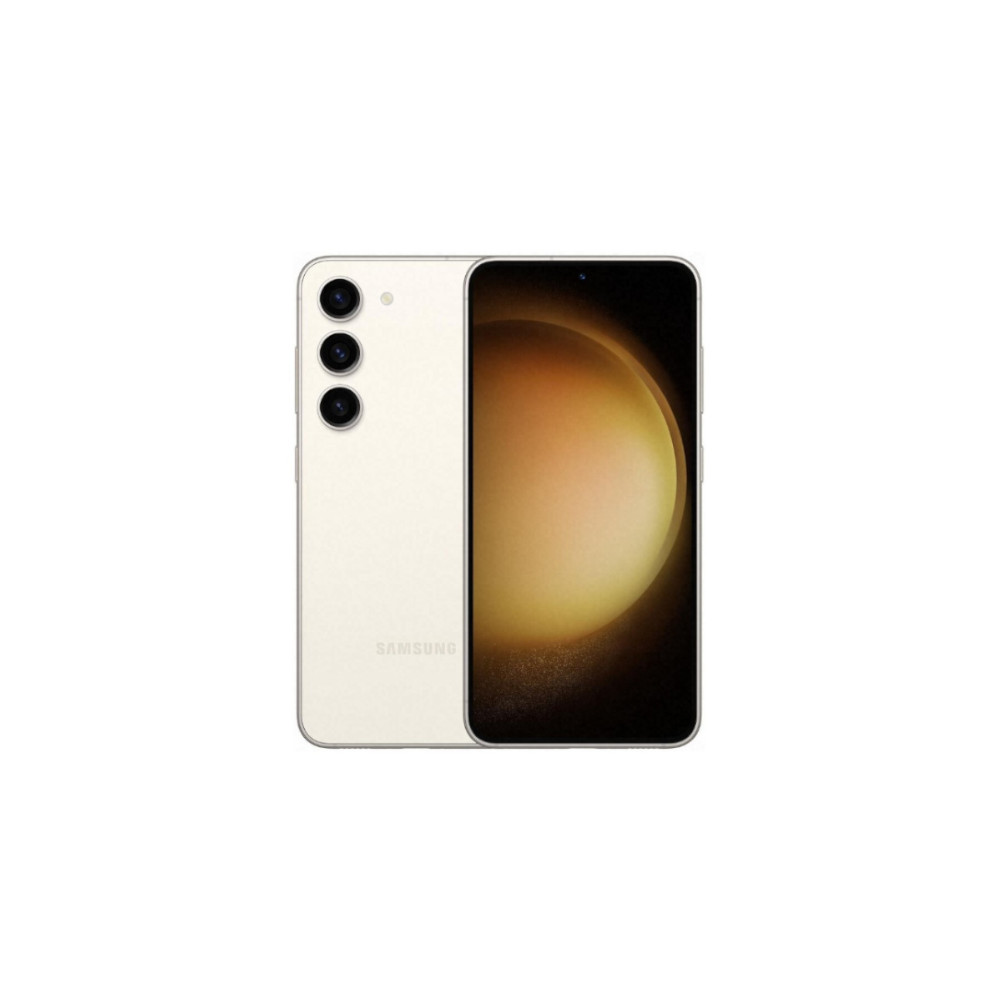Affiliate links on Android Authority may earn us a commission. Learn more.
The Samsung Galaxy S23 Ultra is king of the hill, but the small S23 has my heart
Published onApril 9, 2023
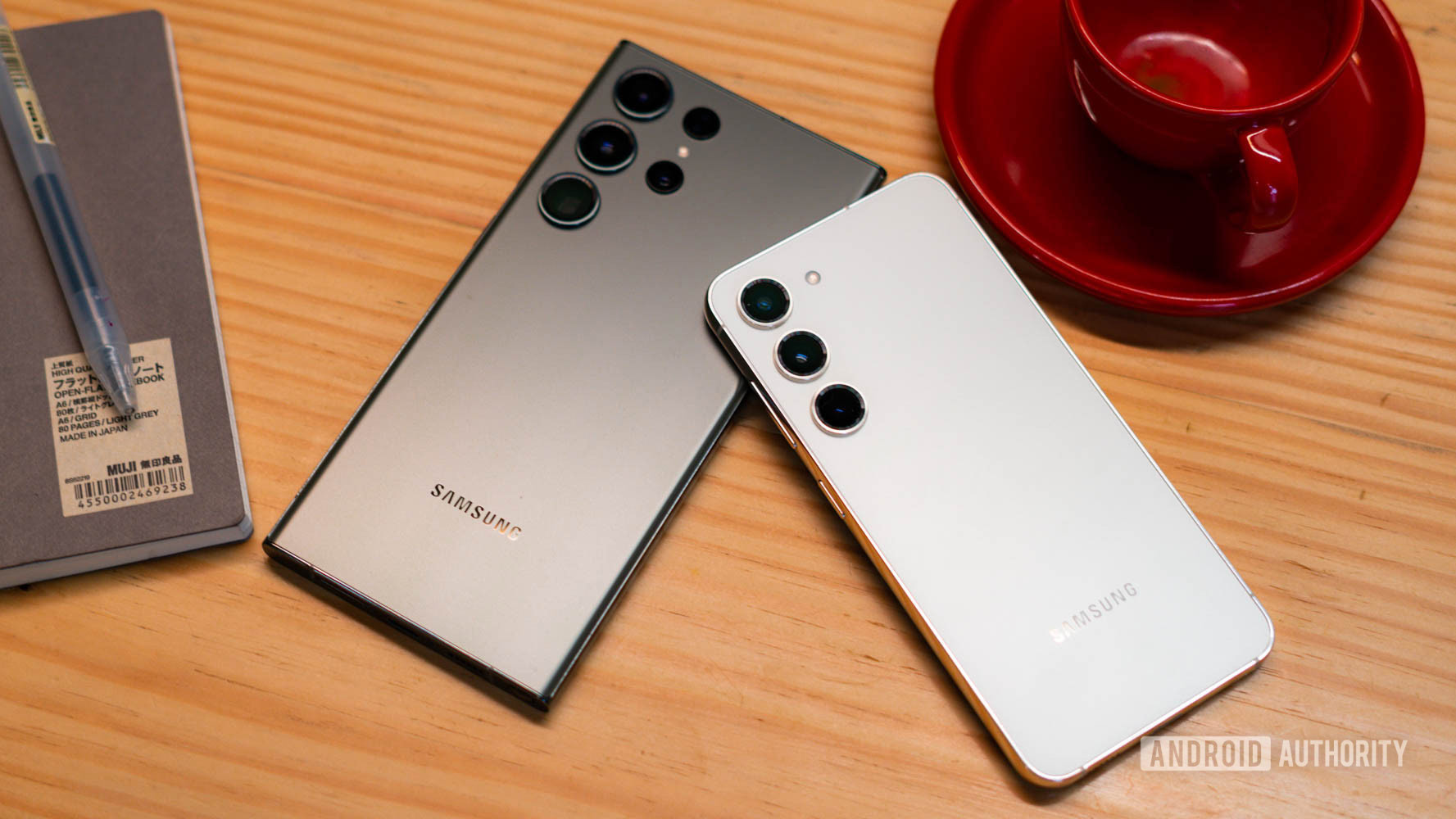
I’m your stereotypical power user. Every year, I tend to get myself the best that the Android world offers. Earlier, it used to be a OnePlus phone for its great balance of size, performance, and clean software. Lately, it’s been a Samsung flagship. My use case is productivity and battery-life-oriented, and solid cameras are essential. So it shouldn’t be a surprise that when the Samsung Galaxy S23 Ultra launched earlier this year, I swapped my SIM card for Samsung’s latest and greatest and called it a day.
The Galaxy S23 Ultra is the de-facto choice if you want a straight-up Android flagship.
The experience was largely unchanged compared to my Galaxy S22 Ultra. Slightly easier to hold in hand thanks to the flatter edges, a bit faster, and a lot longer lasting. Predictable but nothing particularly exciting. However, lately, I’ve been longing for a more practical option. A smartphone that didn’t feel like a tablet in my hands, that would prioritize ergonomics, and that fit better in my pocket. Sure, there’s the Pixel 7, but the feature compromise over the Pro-variant wasn’t something I was interested in. So when Samsung reached out to me with an opportunity to test drive the regular Samsung Galaxy S23, I jumped on it. I was intrigued to know if smaller flagships had finally gotten around their limitations in battery life and performance.
For the last month, I’ve been swapping between the Ultra and its smaller-sized sibling, and I’m having serious second thoughts about my choice of phone. The Samsung Galaxy S23 Ultra makes the most sense to me, but I hate to admit that the Galaxy S23 has my heart. Here’s why.

Beautiful display
S Pen functionality
Samsung Galaxy S23 vs Galaxy S23 Ultra: Bigger isn’t always better
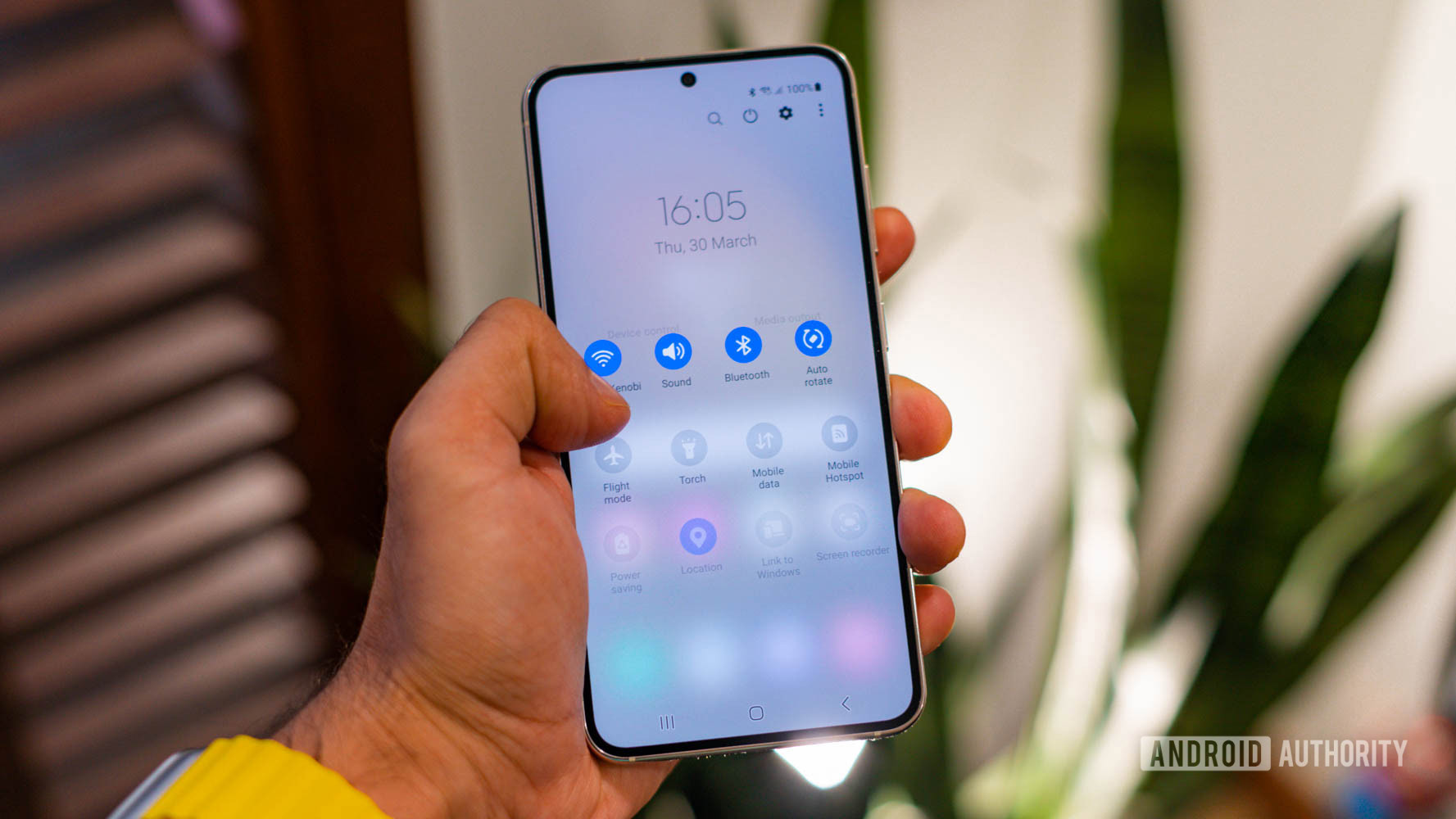
The most delightful aspect of the Samsung Galaxy S23 is also its most obvious — the size. After years of being conditioned to giant-sized smartphones, switching to the S23’s 6.1-inch screen was equal parts jarring yet refreshing.
The smaller size of the Galaxy S23 can be jarring at first, but the more you use it, the better it feels.
It can take a while to get accustomed to the significantly smaller keyboard, for example. But then you discover that reaching the notification shade is so much easier. It’s something I use all too often while switching audio tracks or replying to a message from the notification shade. As someone who juggles Bluetooth accessories, Wi-Fi access points, and more on a very frequent basis, the Galaxy S23’s accessible size was noticeable to me every time I used it.
Similarly, while it’s possible to slip the Galaxy S23 Ultra into my skinny jeans, the silhouette is something I could do without. This would get even worse if I were to put it in a case. So the Ultra stays glued to my wrist, much to the disdain of my friends in a social gathering. The smaller Galaxy S23 fades away. It might sound like a first-world problem, but the sheer ability to slip the phone out of sight and have a chat without constant distractions has been a net positive for me in my attentiveness when out with friends. That’s before we get to the obvious, like aesthetics.
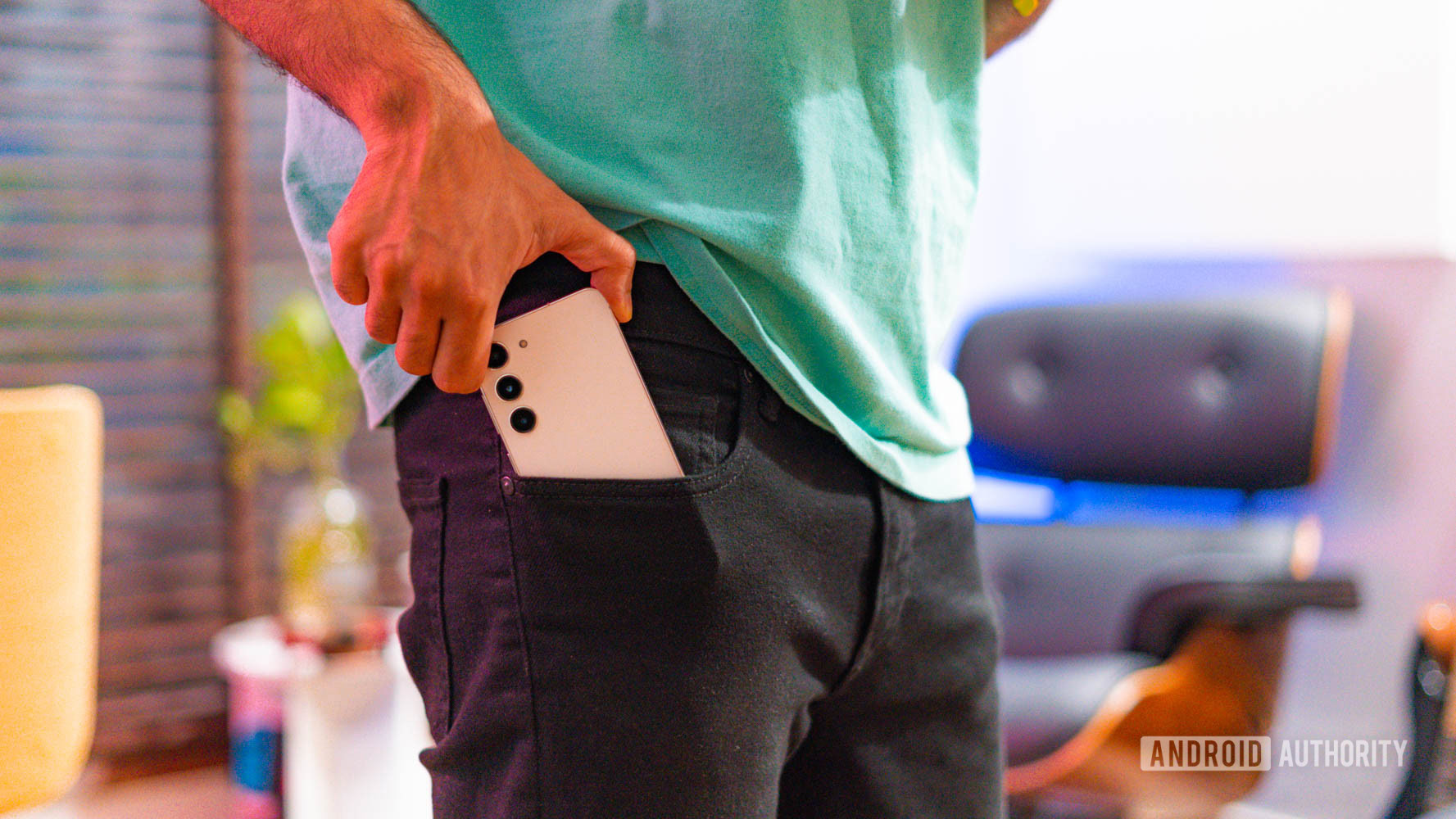
As a twenty-something tech enthusiast, my smartphone of choice was my fashion accessory. As a thirty-something adult, my priorities have shifted. My phone is a tool more than anything. Dressing up for dinner or hitting the club, I want my communications device of choice to tuck aware securely in my pocket and stay there. While my Galaxy S23 Ultra has a proclivity to pop its head out whenever I sit down, that’s not the case with the S23. A big win.
It doesn’t hurt that Samsung’s efforts to unify the design language across the Galaxy S23, S23 Plus, and S23 Ultra product lineup have benefited the smaller S23 as well. Gone is the camera hump. Instead, this year, the S23 looks right in line with the broader portfolio of Samsung flagships. Which is to say, understated and rather stunning. So even if you like flaunting your phone, the comfortably sized S23 has your back.
The ergonomic benefits of a smaller size might seem obvious, but it takes using the phone to appreciate them.
If all this seems obvious, it is. However, it takes actual use in your daily routine to understand the impact that increased accessibility makes. I’m not denying the importance of a large, kickass display. If I was the kind to sit down and watch hours of Netflix shows on my phone or play some of the best Android games, I’d instinctively reach out for the Galaxy S23 Ultra. But, I’m not that user.
The Galaxy S23’s smaller dimensions remind me of a simpler time when the phone was picked up, an activity was performed, and the phone was kept aside. Unlike today’s giant-sized phones that are perpetually in your peripheral vision, the Galaxy S23 gets out of the way.
All the performance you need
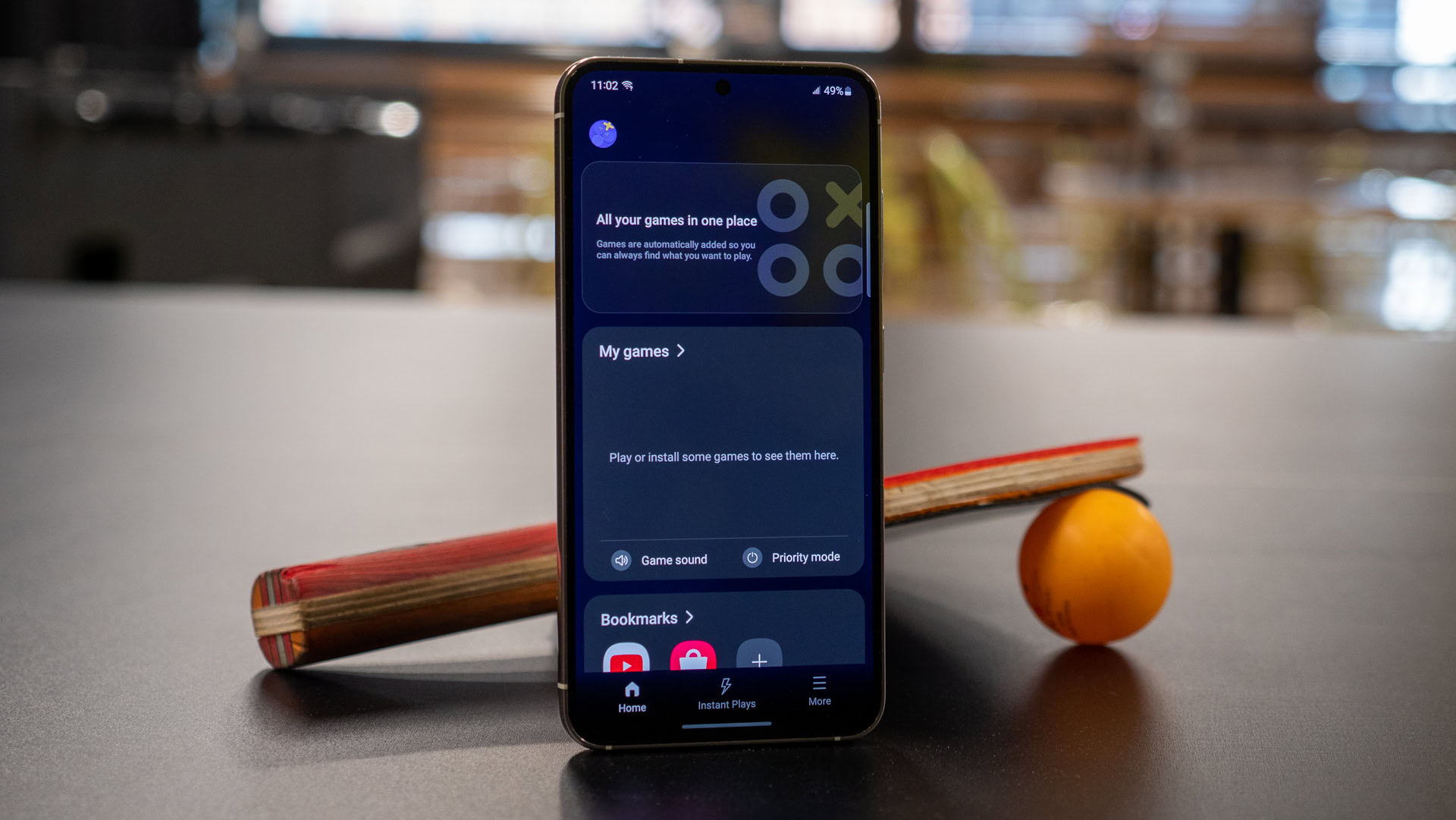
There have been other compact phones before the Galaxy S23, but it certainly is the flag bearer of a rare breed of small-sized Android flagships. As a power user who does everything from managing my remote servers to work-related tasks using my phone, top-end performance is non-negotiable. The Galaxy S23 delivers that performance with aplomb. That’s to be expected, given the entire Galaxy S23 series shares the same internal specs.
Packing the exact same Snapdragon 8 Gen 2 chipset that powers my Ultra, the smaller S23 has given me zero issues so far. I’d experienced the benefits of the improved chipset on the Ultra, but the efficiency gains, in particular, are magnified on the S23.
The efficiency gains of the Snapdragon 8 Gen 2 are amplified on a compact flagship like the Samsung Galaxy S23.
While my daily carry is still my Galaxy S23 Ultra, I often swap over to the S23 when I’m stepping out for a social setting or an activity like running or climbing. Battery life has always been a lingering concern of mine with small-sized smartphones. However, the combination of the more frugal Snapdragon 8 Gen 2 chipset and a larger 3,900mAh battery means the phone truly can last me an entire day. It’s not quite as good as the day and a half that the S23 Ultra lasts me, but I’ll take the trade-off.
Thermal management is also massively improved, which means I no longer have to worry about the petite smartphone scorching my hand when pushed hard. This year, Samsung added a graphite-based heatsink to the Galaxy S23, ensuring that the phone can go harder, for even longer. That’s been a blessing for heavy multitasking and gaming, even though I’m not much of a smartphone gamer. In my own use case, the most significant improvement here has been that the phone is consistently cool to the touch.
Good-enough cameras
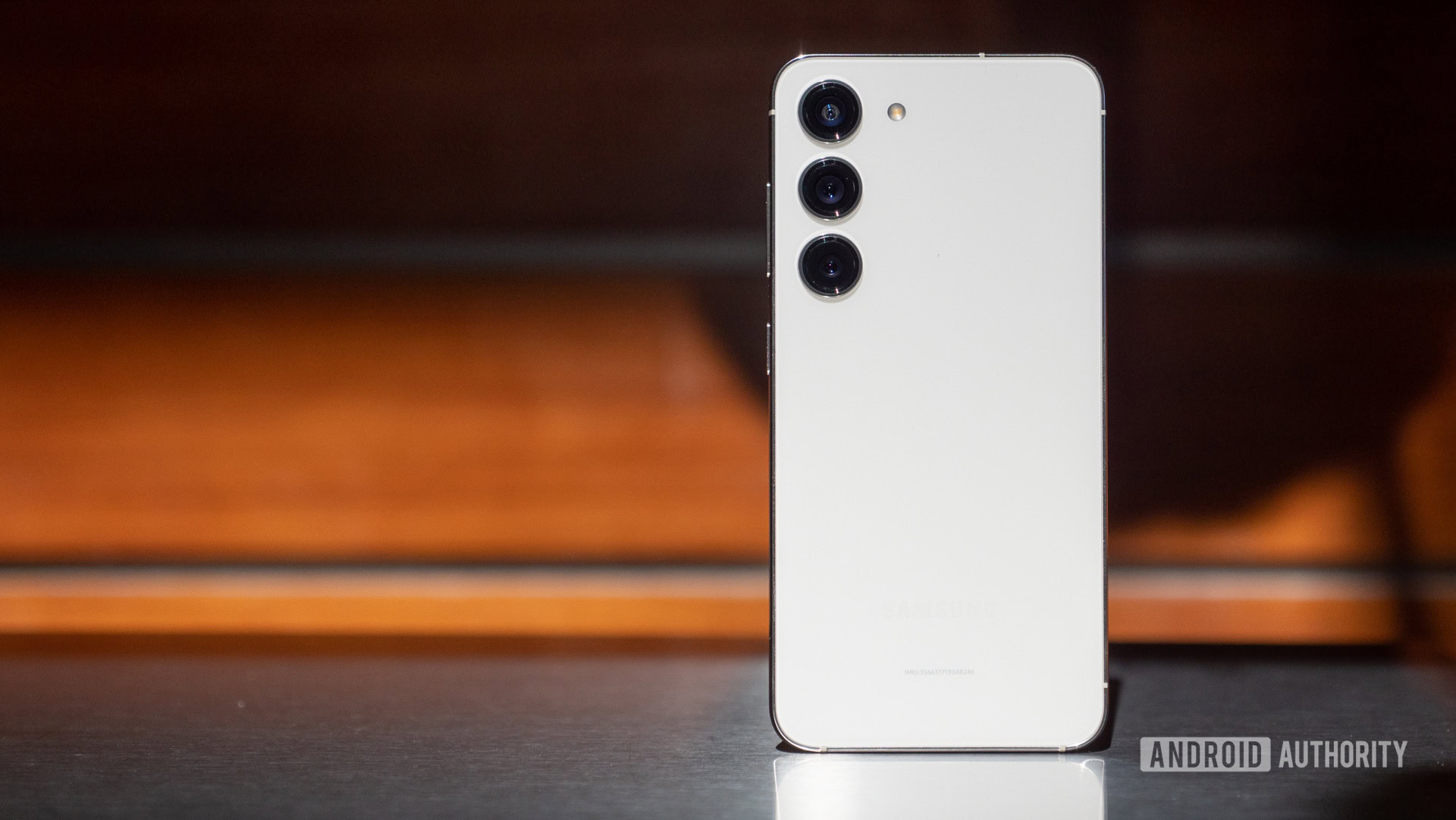
I’ll defer to our Samsung Galaxy S23 review if you want a deep dive into the phone’s camera chops. The short version is that although the sensors haven’t changed over the Galaxy S22, the processing is different. The Galaxy S23’s camera software and processing errs extremely close to that of the S23 Ultra, including additions like better night photography. I haven’t shot too many photos from the S23, but the slightly oversaturated, contrast-rich shots are typical Samsung.
The 50MP sensor outputs great, detail-rich results in bright light and does alright in low light. Let me put it like this, the S23 won’t be leading in our best camera phones list, but the results will suffice for the everyday coffee-shop Instagram post. It’s an understandable tradeoff that comes with the smaller size and ensuing lack of space for larger sensors.
Samsung Galaxy S23 vs S23 Ultra: Astounding value
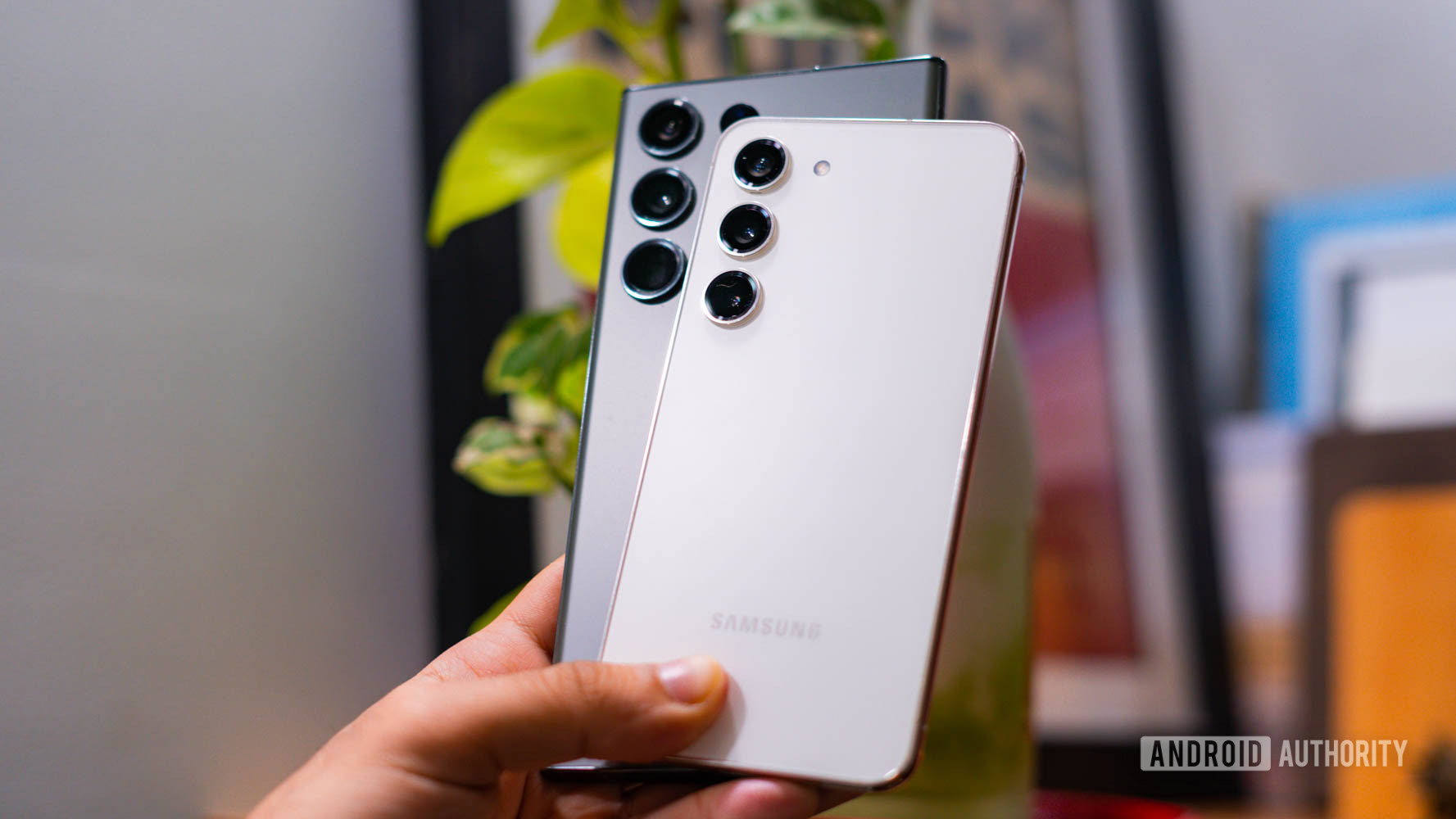
Talking about my Galaxy S23 experience piecemeal might make it sound like a product that’s built for a particular demographic — someone who is size conscious. However, using the phone highlights yet another key aspect: value. Nowhere in my time with it did I feel I was missing out.
Nowhere in my time with the Galaxy S23 did I feel like I was missing out, and that makes me question my choice of sticking with the Ultra.
It’s almost impossible to ignore the value proposition of the Samsung Galaxy S23 once you’ve used it. In the US, the “baby” Galaxy S23 starts at $799 compared to the Galaxy S23 Ultra’s $1199. Does the Ultra deliver an experience that’s $400 better? It’s debatable.
If you’re an avid smartphone photographer, sure. You can’t shoot 10x optically zoomed-in shots with the regular Galaxy S23 or show off the fancy space zoom, but to my mind, that’s a feature that’s more of a nice to have than a necessity. Your mileage may vary, of course. Perhaps you need the S Pen to edit presentations on the go. In that case, the S23 Ultra might be a better fit for you. But I’d wager that for a very large audience, the S23 is going to be more than enough phone.
Between the all-day battery life, great performance, and very good cameras, the Galaxy S23 was a near-instant replacement for my S23 Ultra. I didn’t expect that. The short learning curve around the smaller display was a small price to pay for the huge increase in everyday portability. It also doesn’t hurt that the relatively tiny Galaxy S23 stands out amidst a sea of giant-sized phones.
Given the option to go back, would I pick the Galaxy S23 over the Galaxy S23 Ultra? My tech-addled mind says I’d like to have more zoom range to work with and the flexibility of the S Pen. However, in my heart, I know I want the Galaxy S23 instead.

Beautiful display
S Pen functionality
